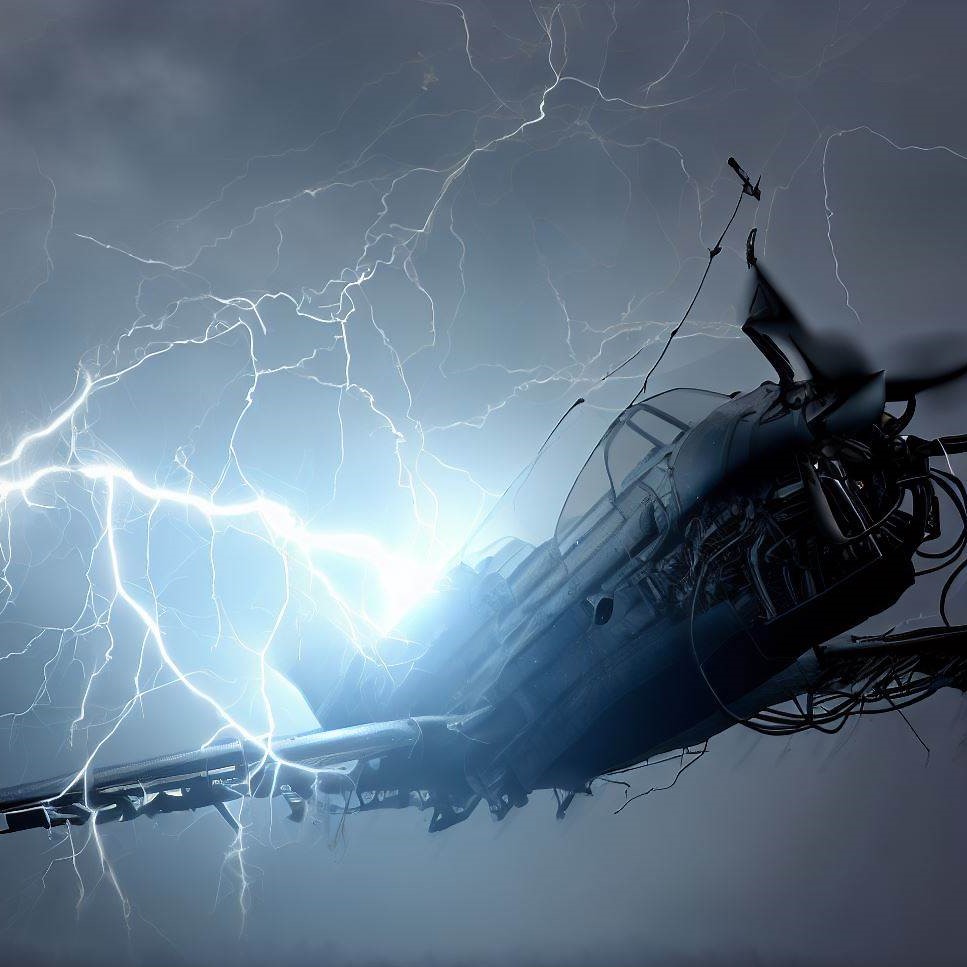The aviation industry has been on a constant quest for innovation and sustainability, and electric airplanes are emerging as a promising solution. These futuristic aircraft, powered by electricity rather than traditional fossil fuels, are revolutionizing the way we think about air travel. In this article, we will explore the potential of electric aircraft and how they are transforming the skies.
The Rise of Electric Aviation
A Shift Towards Sustainability
With growing concerns about climate change and the environmental impact of air travel, the aviation industry has been under pressure to find greener alternatives. Electric airplanes offer a significant advantage in this regard. By eliminating the use of fossil fuels, they reduce greenhouse gas emissions and contribute to a cleaner, more sustainable future.
Advances in Battery Technology
One of the key factors enabling the rise of electric aviation is the rapid advancement in battery technology. Lithium-ion batteries, similar to those used in electric vehicles, are now capable of storing enough energy to power an entire flight. These high-energy-density batteries provide the necessary power for takeoff, cruising, and landing, making electric airplanes a viable option for short to medium-haul flights.
Extended Range and Performance
In the early stages of electric aviation, range limitations posed a significant challenge. However, recent advancements in battery efficiency and aircraft design have greatly improved the range and performance of electric airplanes. Some models can now fly hundreds of miles on a single charge, opening up possibilities for regional travel and reducing reliance on conventional fossil fuel-powered aircraft.
The Benefits of Electric Airplanes
Environmental Impact
Electric airplanes offer a significant reduction in carbon emissions compared to their fossil fuel counterparts. By operating on clean energy, they help mitigate the environmental impact of air travel, contributing to the global efforts to combat climate change. Additionally, electric aircraft produce significantly less noise pollution, enhancing the overall sustainability and quality of air transportation.
Cost Efficiency
While the initial investment in electric airplanes may be higher than traditional aircraft, the operational costs are considerably lower. Electric propulsion systems require fewer maintenance checks, and the cost of electricity is generally more affordable than aviation fuel. Over time, the lower operating expenses of electric airplanes can result in substantial cost savings for airlines, which can then be passed on to passengers.
Potential for Urban Air Mobility
Electric aviation holds great potential for urban air mobility, offering a solution to congested city traffic and improving transportation efficiency. Electric vertical takeoff and landing (eVTOL) aircraft, powered by electric propulsion systems, are being developed for short-distance, intra-city flights. These futuristic vehicles could revolutionize urban transportation, reducing commute times and easing traffic congestion.
Challenges and Future Outlook
Infrastructure Development
The widespread adoption of electric airplanes requires the development of a robust charging infrastructure. Airports would need to install charging stations capable of recharging aircraft batteries efficiently. Additionally, advancements in battery technology and energy storage solutions will play a crucial role in extending the range and performance of electric aircraft further.
Regulatory Framework
As electric aviation continues to evolve, regulatory frameworks need to be established to ensure the safety and reliability of electric aircraft operations. Aviation authorities and industry stakeholders are actively working together to address these challenges, including defining certification standards, developing safety protocols, and establishing guidelines for electric airplane operations.
Pushing the Boundaries of Innovation
The journey towards fully electric aviation is an ongoing process that demands continuous innovation. Researchers and engineers are exploring new materials, aerodynamic designs, and propulsion systems to maximize the efficiency and performance of electric aircraft. Additionally, the integration of renewable energy sources such as solar power and hydrogen fuel cells into electric aviation is an exciting area of exploration.
Electric airplanes are poised to revolutionize air travel, offering a sustainable and efficient alternative to traditional fossil fuel-powered aircraft. With advancements in battery technology, increased range capabilities, and a focus on sustainability, electric aviation is set to electrify the skies. As we continue to push the boundaries of innovation and overcome existing challenges, the future of electric aircraft looks brighter than ever.

